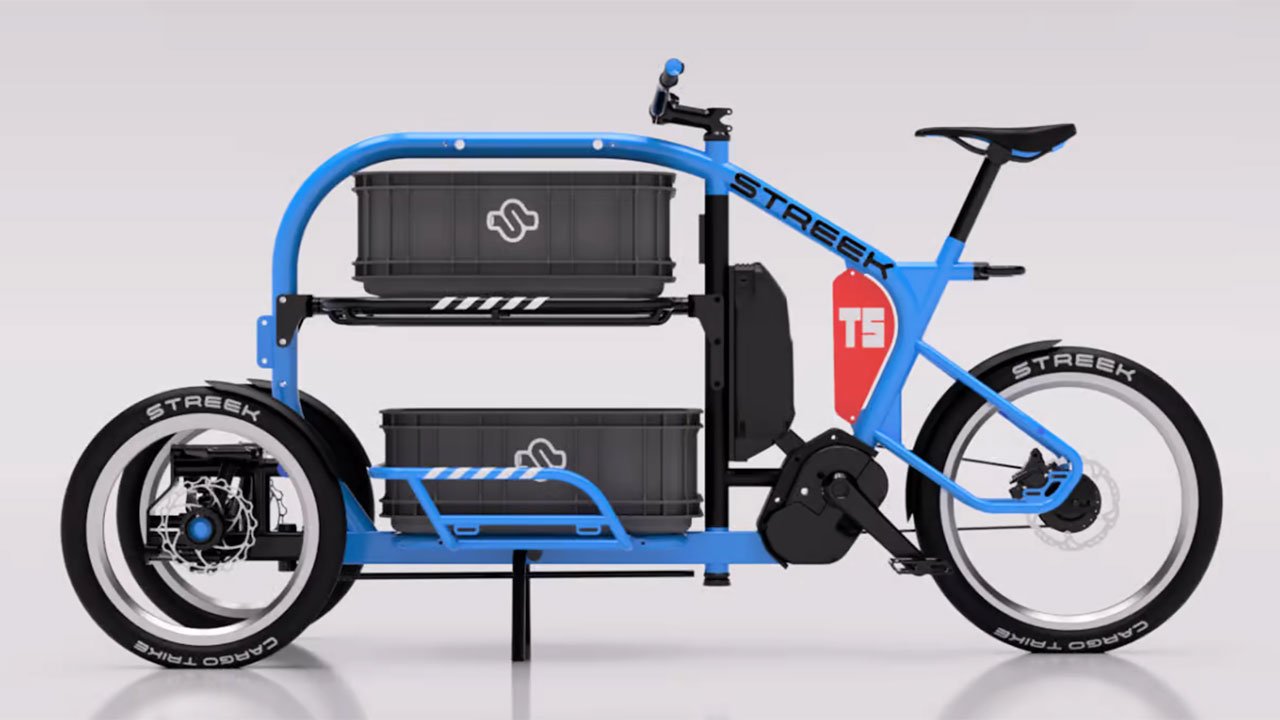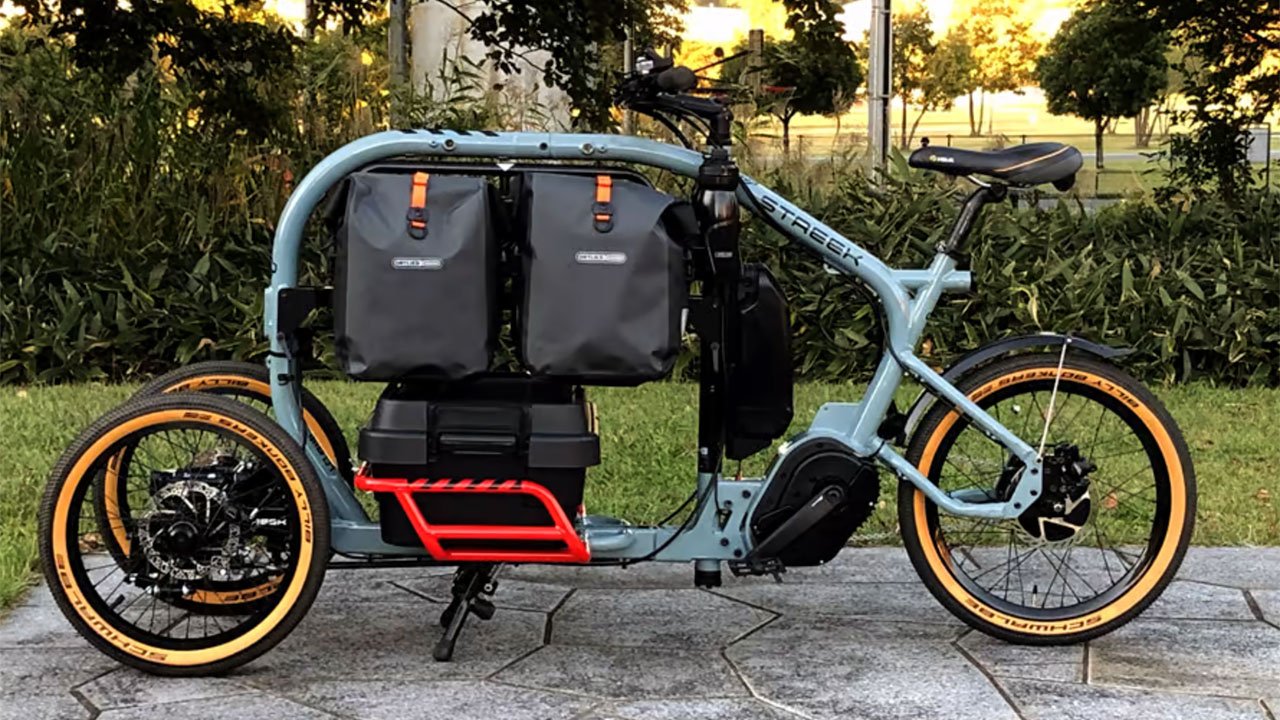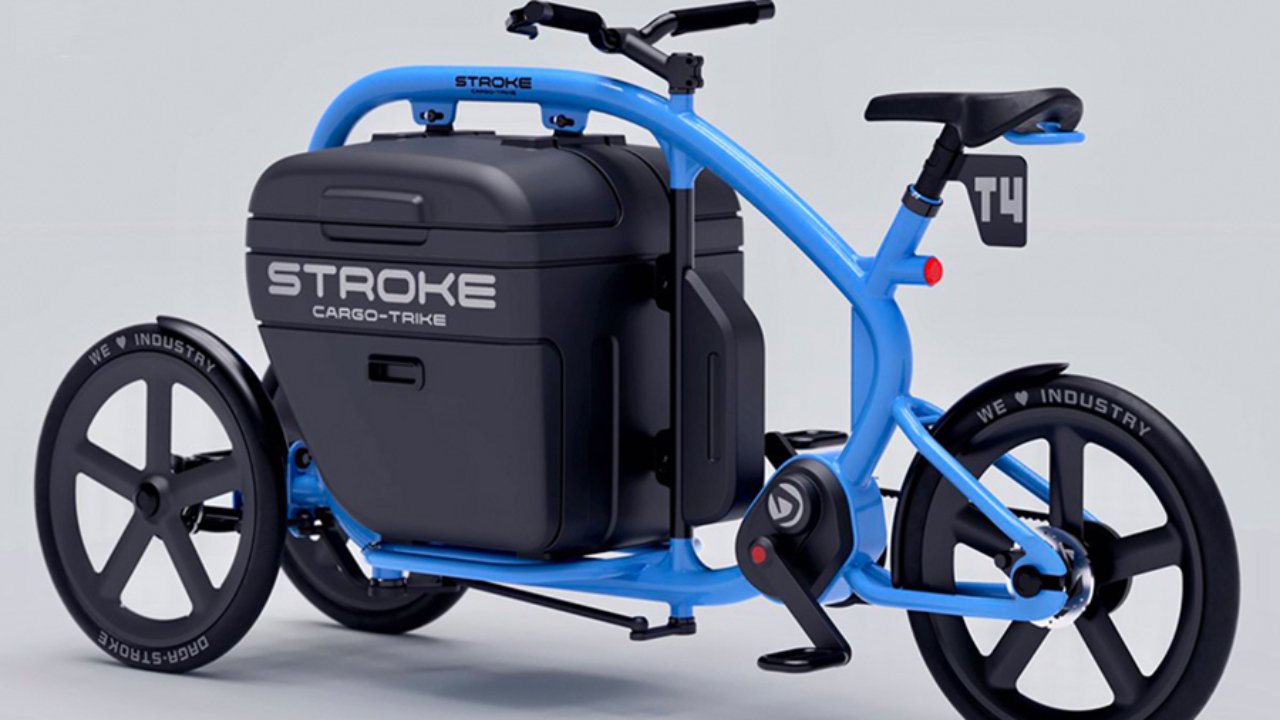Cargo E-Trike: A Sustainable Solution for Transportation

Introduction
Cargo E-Trike In today’s rapidly urbanizing world, efficient and eco-friendly solutions for freight transportation are essential to address the challenges posed by increasing congestion and pollution. Enter the e-trike, an innovative electric-powered tricycle designed for urban freight delivery. This article explores the concept, benefits, and potential of e-trikes as a sustainable and viable alternative for last-mile delivery in urban environments.

The Advantages of Cargo E-Trikes
- a) Environmental Sustainability: Cargo e-trikes produce zero tailpipe emissions, significantly reducing greenhouse gas emissions and contributing to cleaner air in urban areas. By transitioning from conventional fossil fuel-powered delivery vehicles to e-trikes, cities can move closer to achieving sustainability goals.
- b) Reduced Traffic Congestion: With their ability to maneuver through traffic and tight spaces, e-trikes can bypass congestion and reduce traffic jams, thus contributing to more efficient and time-sensitive deliveries.
- c) Cost Savings: E-trikes have lower operational and maintenance costs than traditional delivery vehicles, as they require less energy and fewer mechanical components.
- d) Noise Reduction: Unlike noisy conventional delivery trucks, e-trikes operate quietly, reducing noise pollution and improving urban neighborhoods’ overall quality of life.
- e) Access to Restricted Areas: Some cities have stringent regulations regarding vehicle access to certain areas. Being smaller and more eco-friendly, E-trikes may have access to zones restricted to larger vehicles.
- f) Brand Image and Customer Perception: Adopting eco-friendly delivery methods with e-trikes can enhance a company’s brand image and attract environmentally-conscious customers.

Cargo E-Trike Use Cases
- a) E-Commerce Delivery: Cargo e-trikes are ideal for delivering small parcels and packages from e-commerce companies to customers in dense urban areas.
- b) Local Couriers and Services: Local couriers and services, such as food delivery and courier companies, can benefit from using e-trikes for swift and efficient deliveries.
- c) Last-Mile Delivery: E-trikes are well-suited for last-mile delivery, transporting goods from distribution centers or transit hubs to individual residences or businesses.
- d) Utility Services: e-trikes can be utilized for various utility services, such as postal delivery, waste collection, and maintenance tasks in urban areas.

Overcoming Challenges
- a) Charging Infrastructure: Ensuring an adequate charging infrastructure for e-trikes is crucial for their widespread adoption. Investment in charging stations and battery-swapping facilities can help address this challenge.
- b) Regulation and Policy Support: Policymakers must develop supportive regulations and incentives to encourage businesses to adopt e-trikes for urban freight transportation.
- c) Safety and Awareness: As e-trikes become more prevalent, road safety for riders and pedestrians is paramount. Public awareness campaigns can educate the public about sharing the road with e-trikes.

Real-World Success Stories
Several cities around the world have already embraced e-trikes and have witnessed positive outcomes:
- a) Paris, France: The city has implemented a fleet of e-trikes for postal delivery, reducing CO2 emissions and improving delivery efficiency.
- b) Copenhagen, Denmark: E-trikes are used for last-mile delivery of goods and food, reducing traffic congestion and supporting the city’s cycling culture.
- c) New York City, USA: Using e-trikes has gained traction for delivering packages, promoting sustainable freight solutions in the bustling city.

Conclusion
The potential of cargo e-trikes to revolutionize urban freight transportation is immense. As cities increasingly prioritize sustainability and efficient urban mobility, e-trikes offer a compelling solution to address last-mile delivery challenges. Collaboration between businesses, governments, and urban planners is essential to realize their benefits fully. By embracing e-trikes and integrating them into urban freight logistics, we can create cleaner, quieter, and more efficient cities for the future.
FAQs of Cargo E-Trike: A Sustainable Solution for Transportation
How does a Cargo E-Trike work?
The Cargo E-Trike operates on electric power, carrying goods in a cargo compartment, making it an eco-friendly and efficient solution for last-mile delivery.
What are the benefits of using Cargo E-Trikes?
Cargo E-Trikes offer environmental sustainability, reduced traffic congestion, cost savings, noise reduction, and access to restricted areas in urban environments.
What are the use cases for Cargo E-Trikes?
Cargo E-Trikes are used for e-commerce delivery, local couriers, last-mile delivery, and various utility services such as postal delivery and waste collection.
How can cities overcome challenges related to Cargo E-Trikes?
Cities can invest in charging infrastructure, develop supportive regulations, and promote public awareness for safe integration with other road users.
Are there any real-world success stories of Cargo E-Trike adoption?
Paris, Copenhagen, and New York City have successfully implemented Cargo E-Trikes for sustainable and efficient urban freight transportation.
Cargo E-Trike: A Sustainable Solution for TransportationHow Do You Like Our Post
0





